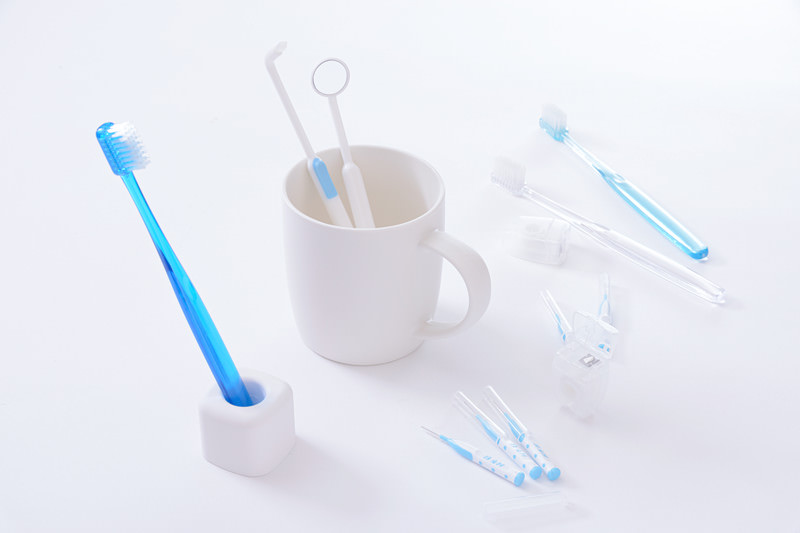Methods of DNA extraction from toothbrushes.
DNA extraction from toothbrushes is a technique for extracting and analysing DNA from saliva and cells on toothbrushes used on a daily basis. The procedure is described in detail below.
- Sampling:
- Collect saliva and oral cells from used toothbrush bristles. The toothbrush bristles are covered with cells that have been stripped from the mouth during routine toothbrushing, and these are a source of DNA.
- Cytolysis:
- Cells collected from toothbrushes are treated in solution to disrupt the cell membrane and release DNA. This process uses enzymes such as proteinase K to break down the cell membrane and other cellular components. This process usually takes place in a temperature-controlled incubator for several hours.
- DNA purification:
- Phenol chloroform extraction and silica column purification methods are used to separate DNA released from cells from other cellular components and impurities. This yields pure DNA. The purified DNA is further amplified using PCR (polymerase chain reaction) to ensure the required quantity for analysis.
- PCR amplification:
- DNA obtained from toothbrushes is usually in small quantities, but PCR can be used to amplify specific DNA regions and obtain sufficient quantities for analysis PCR is an important technique for increasing specific sections of DNA thousands of times.
- DNA analysis:
- Amplified DNA is used for genetic analysis and DNA profiling. This involves analysing the DNA pattern of a particular individual, confirming parent-child relationships and personal identification.
Relationship with prenatal paternity testing.
Prenatal paternity testing is a technique used to confirm the parent-child relationship with a potential father while the fetus is still inside the mother’s body. There are some similarities and differences between prenatal paternity testing and DNA extraction from toothbrushes.
Similarities:
Both methods have in common that they use DNA to confirm parent-child relationships. In both methods, genetic parent-child relationships are confirmed by DNA extraction followed by PCR and subsequent analysis: the basic techniques for DNA extraction and analysis are the same and the results are highly reliable.
Differences:
The specimens used are different. In the case of toothbrushes, DNA is extracted directly from the mother’s body and is used to confirm the parent-child relationship of adults and children. Prenatal paternity testing, on the other hand, requires fetal DNA. To obtain fetal DNA, non-invasive methods of extracting fetal-derived cfDNA (cell-free DNA) from maternal blood or invasive methods of collecting amniotic fluid or chorionic villi are used. In particular, NIPPT (non-invasive prenatal genetic testing) has attracted a great deal of attention in recent years, as it analyses fetal DNA without risk to the mother or fetus.
DNA extraction from toothbrushes is also useful in forensic investigations and when the cooperation of the subject is not available, as DNA is obtained from everyday objects. Prenatal paternity testing, on the other hand, is used when early confirmation of parent-child relationships in the fetal period is required.
Conclusion
DNA extraction from toothbrushes is an effective method in confirming parent-child relationships and personal identification. Prenatal paternity testing, on the other hand, is an important means of confirming parent-child relationships in the fetal period. These technologies play an important role in forensic science and medicine, and technological advances will make them even more reliable and convenient in the future. It is hoped that these technologies will contribute to society while maintaining a balance between science and ethics. HIRO Clinic offers DNA collection from toothbrushes. Please note that this costs an additional JPY 33 000.
Latest Articles
Supervisor of the article

Dr. Hiroshi Oka
Graduated from Keio University, Faculty of Medicine
Doctor of Medicine
Medical Doctor









